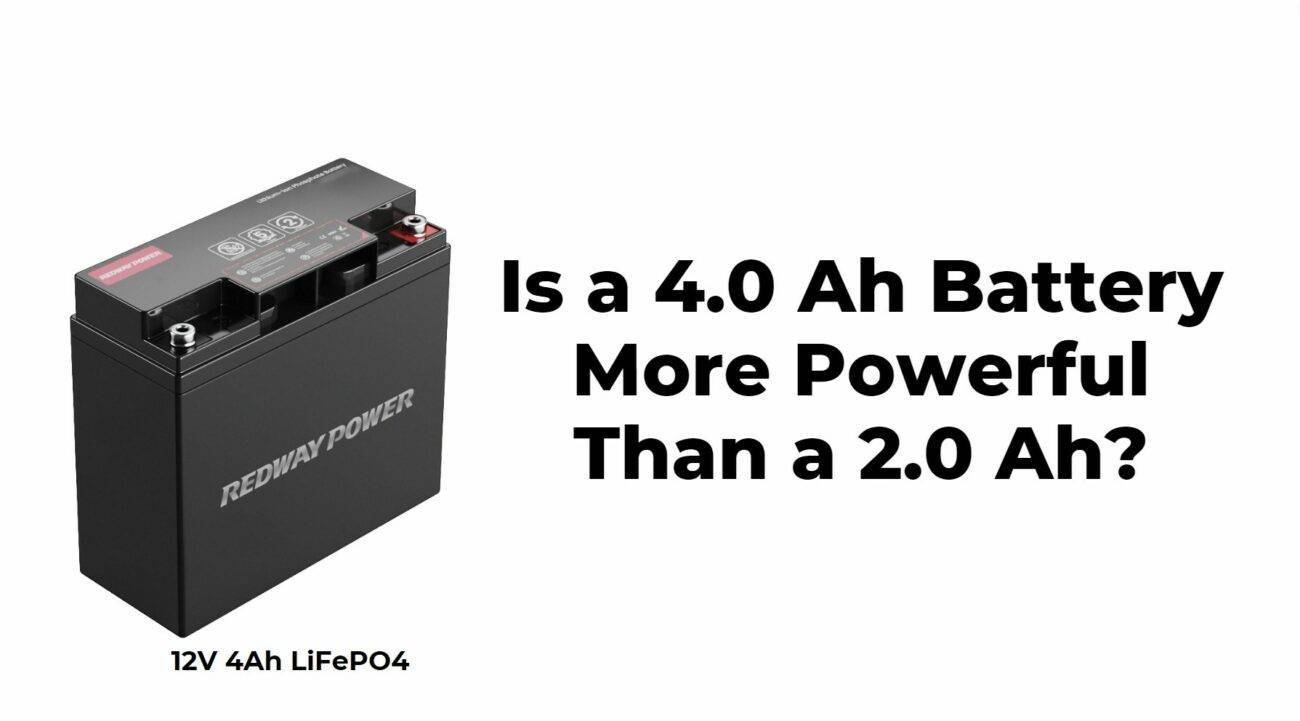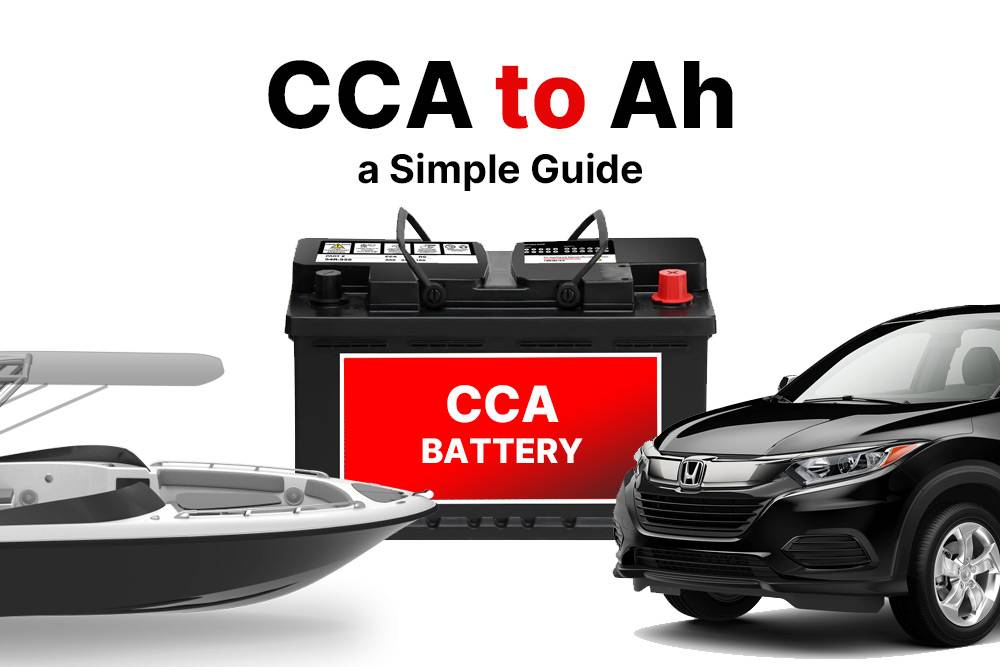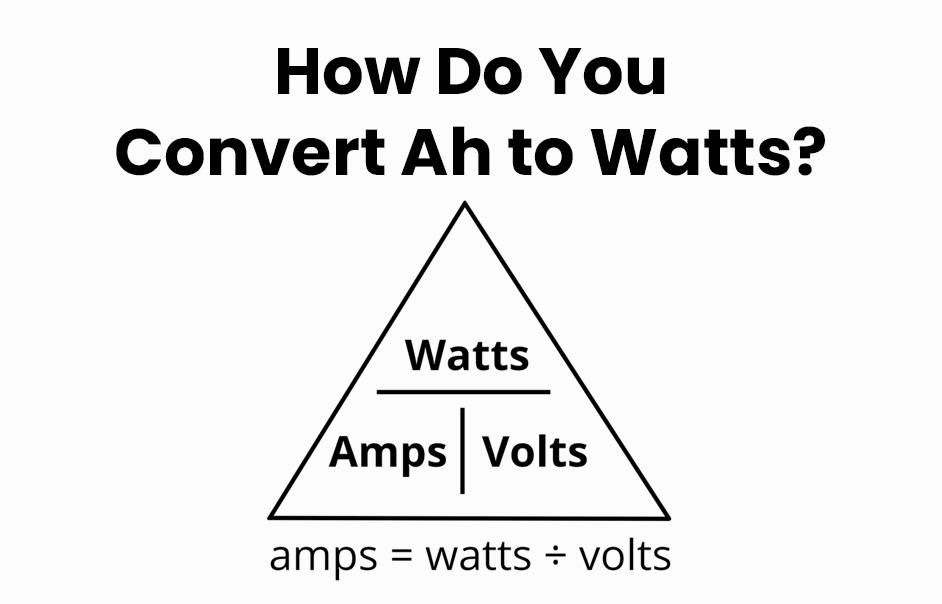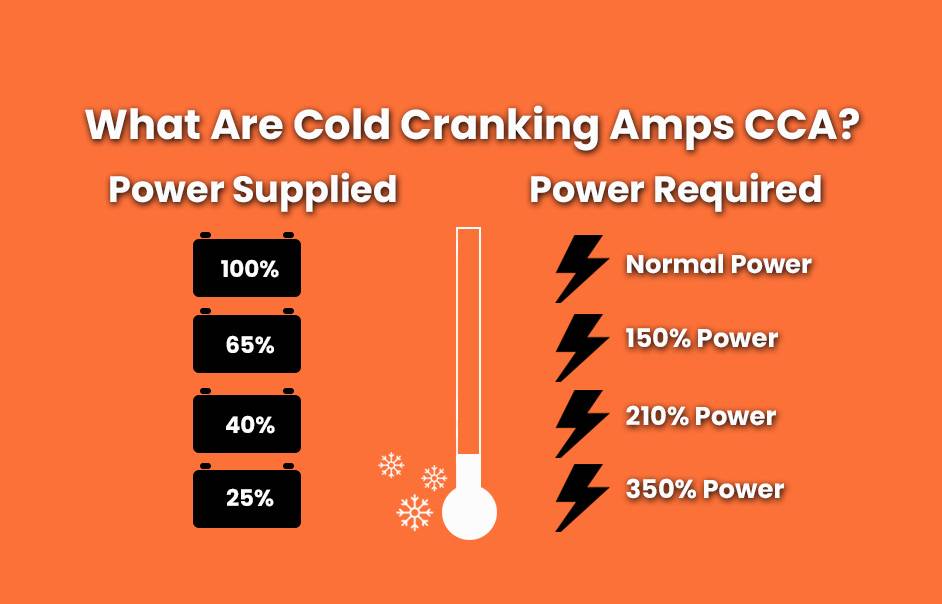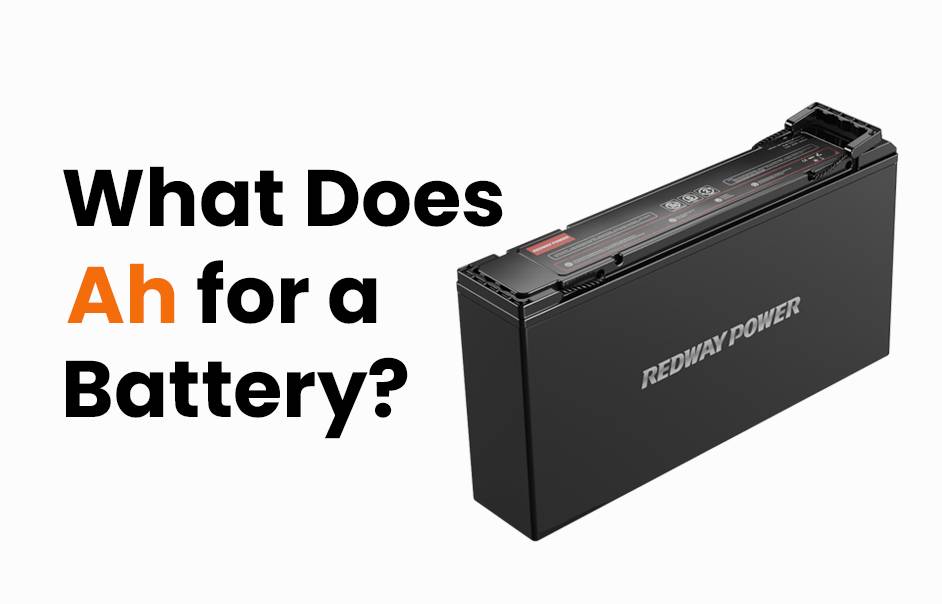- Rack-mounted Lithium Battery
- Golf Cart Lithium Battery
-
Golf Cart Lithium Battery
- 36V 50Ah (for Golf Carts)
- 36V 80Ah (for Golf Carts)
- 36V 100Ah (for Golf Carts)
- 48V 50Ah (for Golf Carts)
- 48V 100Ah (Discharge 100A for Golf Carts)
- 48V 100Ah (Discharge 150A for Golf Carts)
- 48V 100Ah (Discharge 200A for Golf Carts)
- 48V 120Ah (for Golf Carts)
- 48V 150Ah (for Golf Carts)
- 48V 160Ah (Discharge 100A for Golf Carts)
- 48V 160Ah (Discharge 160A for Golf Carts)
-
Golf Cart Lithium Battery
- Forklift Lithium Battery
- 12V Lithium Battery
- 24V Lithium Battery
- 36V Lithium Battery
- 48V Lithium Battery
-
48V LiFePO4 Battery
- 48V 50Ah
- 48V 50Ah (for Golf Carts)
- 48V 60Ah (8D)
- 48V 100Ah (8D)
- 48V 100Ah
- 48V 100Ah (Discharge 100A for Golf Carts)
- 48V 100Ah (Discharge 150A for Golf Carts)
- 48V 100Ah (Discharge 200A for Golf Carts)
- 48V 150Ah (for Golf Carts)
- 48V 160Ah (Discharge 100A for Golf Carts)
- 48V 160Ah (Discharge 160A for Golf Carts)
-
48V LiFePO4 Battery
- 60V Lithium Battery
-
60V LiFePO4 Battery
- 60V 20Ah
- 60V 30Ah
- 60V 50Ah
- 60V 50Ah (Small Size / Side Terminal)
- 60V 100Ah (for Electric Motocycle, Electric Scooter, LSV, AGV)
- 60V 100Ah (for Forklift, AGV, Electric Scooter, Sweeper)
- 60V 150Ah (E-Motocycle / E-Scooter / E-Tricycle / Tour LSV)
- 60V 200Ah (for Forklift, AGV, Electric Scooter, Sweeper)
-
60V LiFePO4 Battery
- 72V~96V Lithium Battery
- E-Bike Battery
- All-in-One Home-ESS
- Wall-mount Battery ESS
-
Home-ESS Lithium Battery PowerWall
- 24V 100Ah 2.4kWh PW24100-S PowerWall
- 48V 50Ah 2.4kWh PW4850-S PowerWall
- 48V 50Ah 2.56kWh PW5150-S PowerWall
- 48V 100Ah 5.12kWh PW51100-F PowerWall (IP65)
- 48V 100Ah 5.12kWh PW51100-S PowerWall
- 48V 100Ah 5.12kWh PW51100-H PowerWall
- 48V 200Ah 10kWh PW51200-H PowerWall
- 48V 300Ah 15kWh PW51300-H PowerWall
PowerWall 51.2V 100Ah LiFePO4 Lithium Battery
Highly popular in Asia and Eastern Europe.
CE Certification | Home-ESS -
Home-ESS Lithium Battery PowerWall
- Portable Power Stations
Why Using a Higher Ah Battery Can Be Beneficial

Using a higher amp-hour (Ah) battery is generally acceptable and can provide significant benefits, including longer runtimes and increased capacity for energy storage. However, it’s important to consider compatibility with your device and any potential impacts on charging time and weight. This guide explores the advantages and considerations of using higher Ah batteries.
Why Is the Amp-Hour (Ah) Rating Important for Batteries?
The amp-hour (Ah) rating is crucial as it indicates the battery’s capacity to deliver power over time. A higher Ah rating means that the battery can store more energy, allowing it to run devices longer before needing a recharge. Understanding this rating helps users select batteries that meet their power requirements effectively.
What Are the Advantages of Using a Higher Ah Battery?
Using a higher Ah battery offers several advantages:
| Advantage | Description |
|---|---|
| Increased Capacity | Higher Ah batteries can store and deliver more energy, leading to extended runtimes before needing to recharge. |
| Longer Battery Life | These batteries typically last longer under similar power consumption conditions, reducing the need for frequent recharging. |
| Versatility | They are suitable for various applications, including electric vehicles, RVs, and high-performance tools, allowing for greater flexibility in usage. |
These benefits enhance user convenience and operational efficiency.
How Does a Higher Ah Battery Impact Runtime?
A higher Ah rating directly impacts how long a battery can run under load:
- Example Calculation: If you have a 12V 50Ah battery and a 12V 100Ah battery powering a device that draws 10 amps:
- The 50Ah battery will last approximately 5 hours (50Ah / 10A).
- The 100Ah battery will last approximately 10 hours (100Ah / 10A).
This demonstrates how selecting a higher Ah battery can effectively double runtime under identical conditions.
What Considerations Should You Keep in Mind When Choosing a Higher Ah Battery?
When opting for a higher Ah battery, consider the following factors:
| Consideration | Description |
|---|---|
| Size and Weight | Higher Ah batteries tend to be larger and heavier; ensure that your device can accommodate them physically. |
| Compatibility | Check that the voltage requirements match your device to avoid potential damage or inefficiencies. |
| Charging Time | Expect longer charging times for higher capacity batteries; plan accordingly based on usage patterns. |
| Cost | Higher capacity batteries usually come at a premium; evaluate if the benefits justify the additional investment. |
These considerations help ensure that you choose the right battery for your needs without encountering unforeseen issues.
How Do You Select the Right Ah Rating for Your Needs?
Choosing the right Ah rating involves assessing your power requirements:
- Calculate Power Consumption: List all devices you intend to power and their respective amperage.
- Estimate Usage Duration: Determine how long you need to run these devices between charges.
- Select an Appropriate Rating: Based on your calculations, choose an Ah rating that provides sufficient capacity while considering size and weight constraints.
This method ensures that you select a battery that meets your operational demands without excess capacity.
What Are Common Applications for Higher Ah Batteries?
Higher Ah batteries are commonly used in various applications:
| Application | Description |
|---|---|
| Electric Vehicles | Provide sustained power for longer distances without frequent recharging. |
| RVs | Supply energy for appliances during extended trips away from mains power sources. |
| Solar Energy Systems | Store energy generated from solar panels for use when sunlight is not available. |
| Power Tools | Offer extended runtime for high-performance tools requiring significant power input. |
These applications benefit significantly from the enhanced capacity provided by higher Ah ratings.
How Can You Maintain Higher Ah Batteries for Optimal Performance?
To ensure optimal performance of higher Ah batteries, follow these maintenance tips:
- Regular Charging: Always recharge promptly after use to prevent deep discharging.
- Monitor Water Levels: For lead-acid batteries, check and maintain proper electrolyte levels regularly.
- Clean Terminals: Keep terminals free from corrosion to ensure good electrical connections.
- Store Properly: If not in use, store batteries in a cool, dry place to prevent degradation.
Implementing these practices can extend battery life and enhance reliability.
Industrial News: Recent Trends in Battery Technology
The battery technology industry is rapidly evolving with significant trends towards lithium-ion solutions due to their efficiency and lower maintenance requirements compared to traditional lead-acid batteries. Innovations in fast-charging capabilities are also emerging, enabling users to recharge their devices quickly without compromising performance or lifespan.
Redway Power Expert Views on Battery Capacity
“Selecting the right amp-hour rating is essential for maximizing performance in any application,” states an expert from Redway Power. “While higher capacity batteries offer extended runtimes and versatility, it’s crucial to balance these benefits with considerations like size and cost to ensure they meet specific operational needs.”
Frequently Asked Questions About Higher Ah Batteries
Q1: Can I use a higher Ah battery than recommended?
A1: Yes, using a higher Ah battery is generally acceptable as long as it fits within the voltage requirements of your device.
Q2: Will a higher Ah battery take longer to charge?
A2: Yes, typically, higher Ah batteries require longer charging times compared to lower capacity options.
Q3: Are there any drawbacks to using a higher Ah battery?
A3: Potential drawbacks include increased size and weight, as well as higher costs compared to standard capacity batteries.
What are the potential hazards of installing an excessively large lead acid cranking battery?
Installing an excessively large lead-acid cranking battery can strain the vehicle’s electrical system, potentially causing issues with the alternator and fuse panel. It may also create physical fitting problems and result in reduced battery life if not properly matched with the vehicle’s specifications.
Why is it advisable to purchase a battery with a slightly higher CCA rating than needed?
A battery with a slightly higher CCA rating provides extra starting power, ensuring reliable performance under challenging conditions. It offers a buffer for situations where the battery may face higher demand, such as cold weather or engine strain, enhancing overall reliability.
What precautions should be taken when using lead acid batteries in cold climates?
In cold climates, keep lead-acid batteries fully charged and maintain proper insulation. Regularly check the charge level, and consider using a battery heater or blanket to prevent freezing and ensure optimal performance.
How do cold temperatures affect a battery’s performance?
Cold temperatures reduce a battery’s chemical reaction rates, leading to decreased capacity and power output. This can cause starting difficulties and reduce overall battery performance, particularly in lead-acid batteries.
What are cold cranking amps (CCA)?
Cold Cranking Amps (CCA) is a measure of a battery’s ability to start an engine in cold temperatures. It indicates the amount of current a battery can provide for 30 seconds at 0°F (-18°C) without dropping below a specified voltage, reflecting its performance in cold weather.
How do lead acid batteries differ from lithium batteries in terms of built-in battery management systems (BMS)?
Lead-acid batteries generally lack a built-in Battery Management System (BMS), while lithium batteries typically include one. The BMS in lithium batteries manages charge levels, temperature, and safety to optimize performance and longevity, whereas lead-acid batteries rely on external charging equipment.
Why should people in colder climates be more concerned about CCA ratings?
In colder climates, CCA ratings are crucial as they indicate a battery’s ability to start an engine in low temperatures. Higher CCA ratings ensure reliable starting power and better performance under freezing conditions.
How does the CCA rating inform buyers about a battery’s performance in cold weather?
The CCA rating provides an indication of how well a battery can perform in cold weather by measuring its starting power at low temperatures. A higher CCA rating means the battery is more capable of delivering sufficient power to start an engine in freezing conditions.
Why are cold cranking amps important?
Cold cranking amps are important because they determine a battery’s ability to start an engine in cold temperatures. A higher CCA rating ensures that the battery can deliver enough power to start the vehicle even in harsh, cold conditions.
How do cold cranking amps impact engine performance?
Higher cold cranking amps (CCA) improve engine performance in cold weather by providing more starting power. This helps ensure the engine starts reliably even when the battery is subjected to low temperatures.














